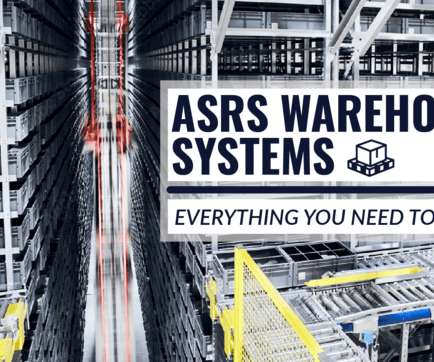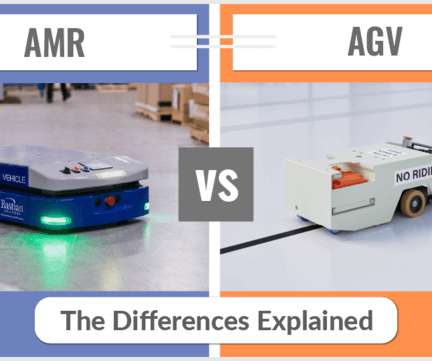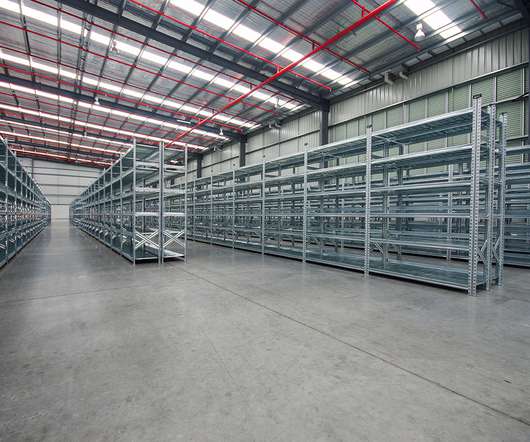ASRS Warehouse Systems: Everything You Need to Know
Conger
FEBRUARY 4, 2022
There are two main types of ASRS systems: Unit-load. Unit-Load ASRS. Unit-load ASRS systems are designed to handle large and heavy pallets and cases, with weights ranging from 1,000 to 5,500 lbs. Unit-load ASRS systems handle heavy loads like pallets. Mini-Load ASRS.














Let's personalize your content